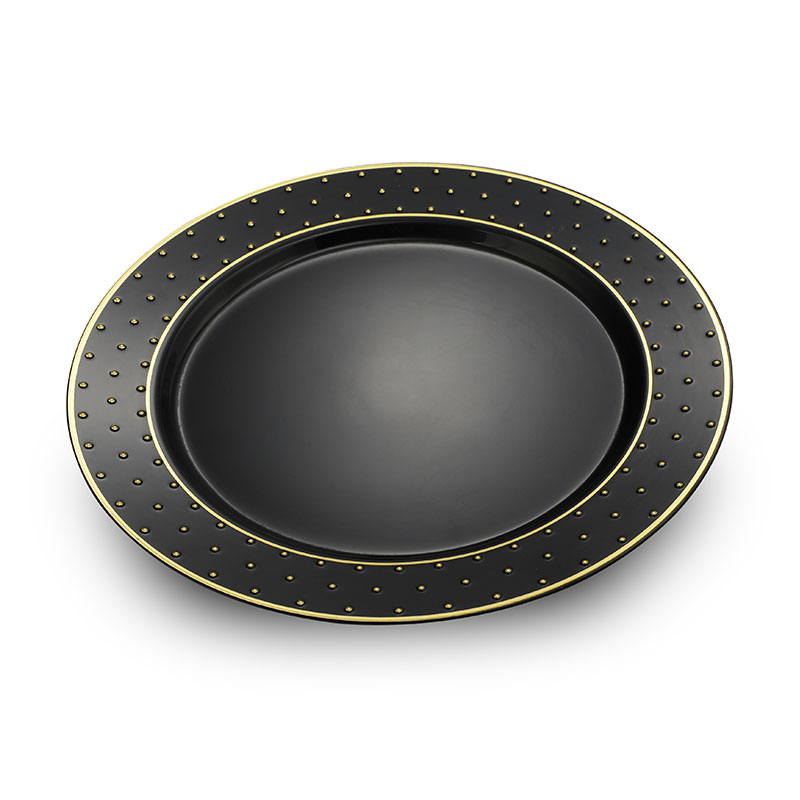Safety assessment and usage recommendations for plastic plates.
2025-04-18
1. Materials and safety standards of Plastic Plates
Material selection determines safety
PP (polypropylene): Good heat resistance (can withstand 100-120℃), relatively safe for daily use, and a common choice for food-grade plastics.
PS (polystyrene): Easy to release styrene monomer at high temperatures (can cause cancer), not recommended for use above 60℃.
PVC (polyvinyl chloride): Contains plasticizer phthalates, which easily dissolve harmful substances when exposed to high temperatures or oils, and has low safety.
Whether it meets safety standards
It is necessary to check whether the product is marked with "food grade" (such as GB 4806.7 standard) or "BPA-free" logo, and avoid using three-no products.
Poor-quality plastic plates may contain industrial calcium carbonate, heavy metals (lead, cadmium), etc., and long-term use will harm the nervous system and children's intellectual development.

2. Risks and restrictions of use
Temperature and oil effects High temperature risk : Foods above 60°C may release substances such as bisphenol A (BPA) and plasticizers, increasing the risk of cancer . Oil dissolution : Fat-soluble chemicals are more soluble in high-fat foods (such as fried foods), accelerating the migration of harmful ingredients . Physical damage and microplastics Scratches or deformations can cause plastic degradation and release microplastic particles. Long-term intake may cause chronic inflammation or endocrine disorders . Microwaving plastic plates will accelerate the release of microplastics. It is recommended to use glass or ceramic containers instead . Safe use recommendations Purchase principles Prefer PP material and food-grade plastic plates marked "microwavable". Avoid buying products with bright colors or obvious odors (may contain excessive colorants/additives). Taboos Temperature control : Do not hold boiling hot food (such as freshly boiled soup). It is recommended to cool it to below 60°C before serving. Avoid contact with alcohol/acidic liquids: Alcohol, vinegar, etc. will accelerate the dissolution of harmful substances in plastics.
Cleaning and replacement
Do not use steel wool to scrub to avoid scratches and bacterial breeding.
Replace immediately when deformed, yellowed or worn, and the longest use period is no more than 6 months.
Summary
The safety of plastic plates depends on the material, usage scenario and maintenance method. Food-grade PP material can be used for a short period of time when used in a standardized manner (avoid high temperature and grease), but it is recommended to replace it with safer materials such as ceramics and glass for long-term or frequent contact with high-temperature food.
he company has passed ISO9002 certification, has a complete quality assurance and after-sales management system, and has an environmental management system to ensure environmental protection and safe production of products, in line with national food packaging hygiene standards. If you are interested in our products or have any questions, please feel free to email us.




